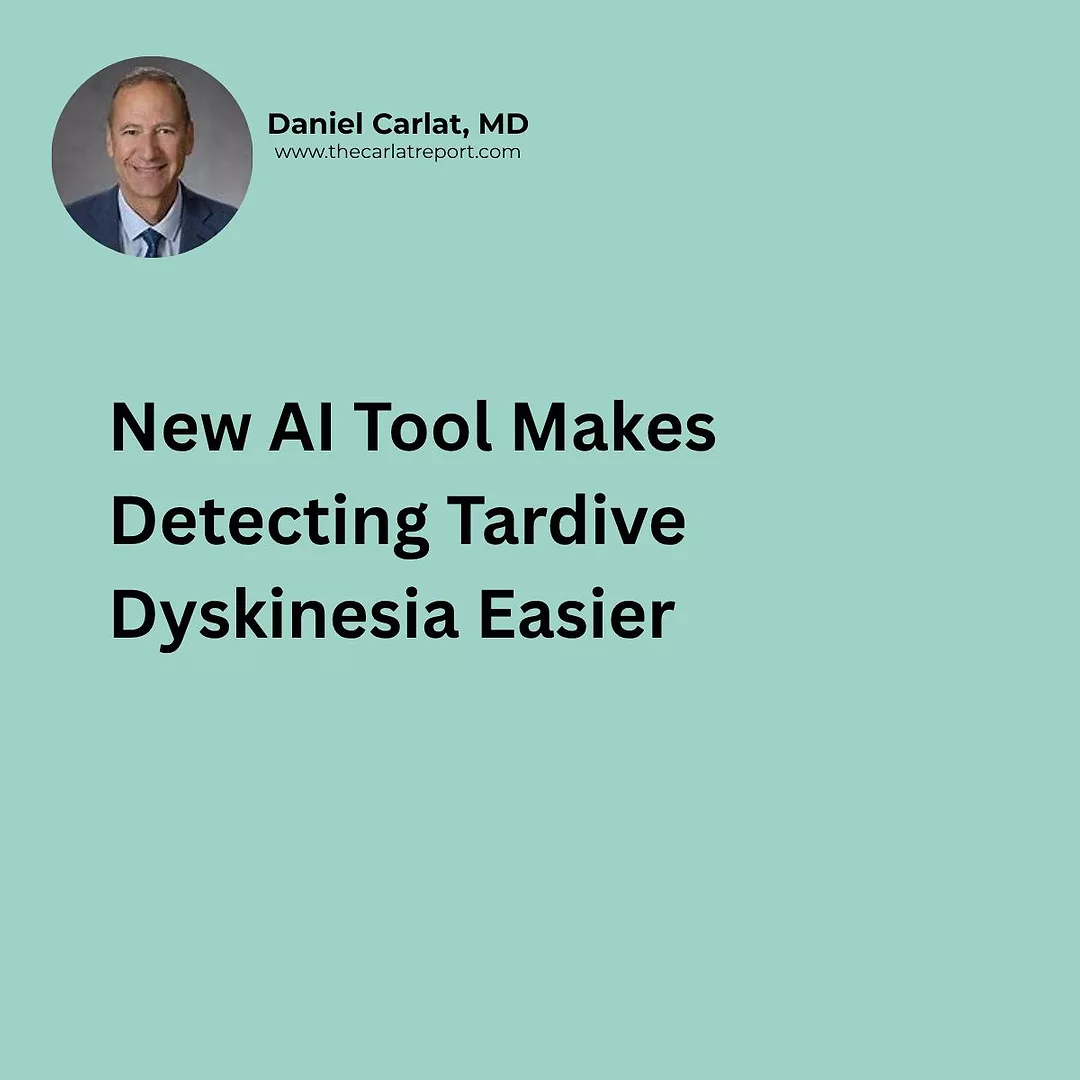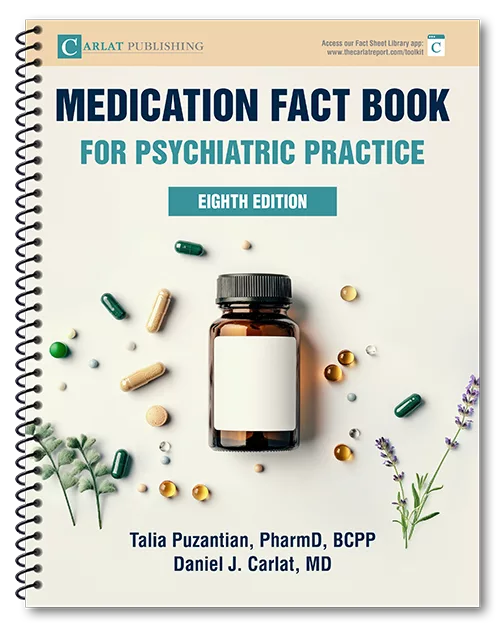-
TD affects ~2.6 million people in the U.S., but only 40,000 are being treated
-
We now have effective meds—valbenazine was approved in 2017—but the bigger challenge is detection
-
Clinicians are told to use the AIMS at every visit, yet many don’t feel confident using it (or don’t use it at all)
-
This new video-based tool uses AI to flag TD from short patient clips—even outside the clinic
-
It caught TD with 82% sensitivity and 82% specificity, outperforming trained human raters
-
It works across age, gender, and race—helping us close care gaps, not widen them
-
Not yet available for general use—but early data are promising
Takeaway: Tech like this doesn’t treat TD—but it can help us see it. The sooner we spot these subtle movements, the sooner we can intervene and preserve function.
Read the study here: Are you using the AIMS regularly—or does it feel too time-consuming? Share if you think AI tools like this could reshape how we screen for TD (or other side effects)
Follow me (Daniel Carlat on LinkedIn) for practical, no-hype updates in psychiatry and digital tools that support real-world care
Related Materials:
-
"Finally, Effective Treatments for Tardive Dyskinesia" By Farah Khorassani, PharmD
Read the article → -
"How to Treat Tardive Dyskinesia" By Chris Aiken, MD
Read the article → -
"The Choice Meds for Tardive Dyskinesia" (Podcast Episode) With Chris Aiken, MD and Kellie Newsome, PMHNP Listen to the episode →


_-The-Breakthrough-Antipsychotic-That-Could-Change-Everything.webp?t=1729528747)



